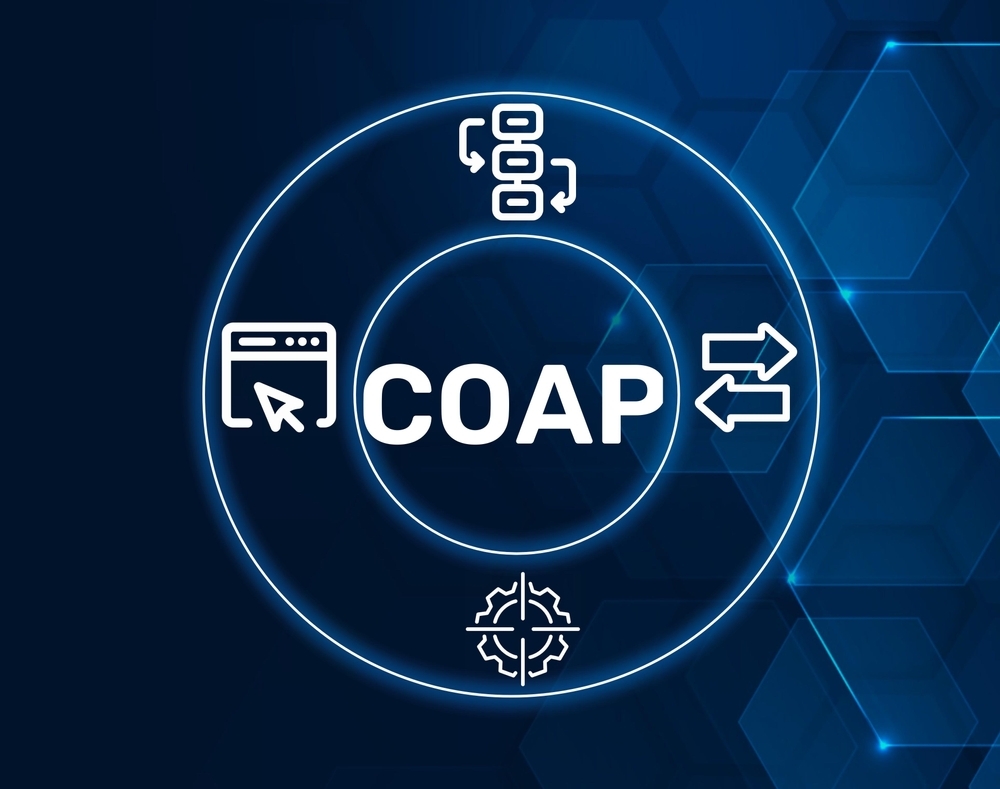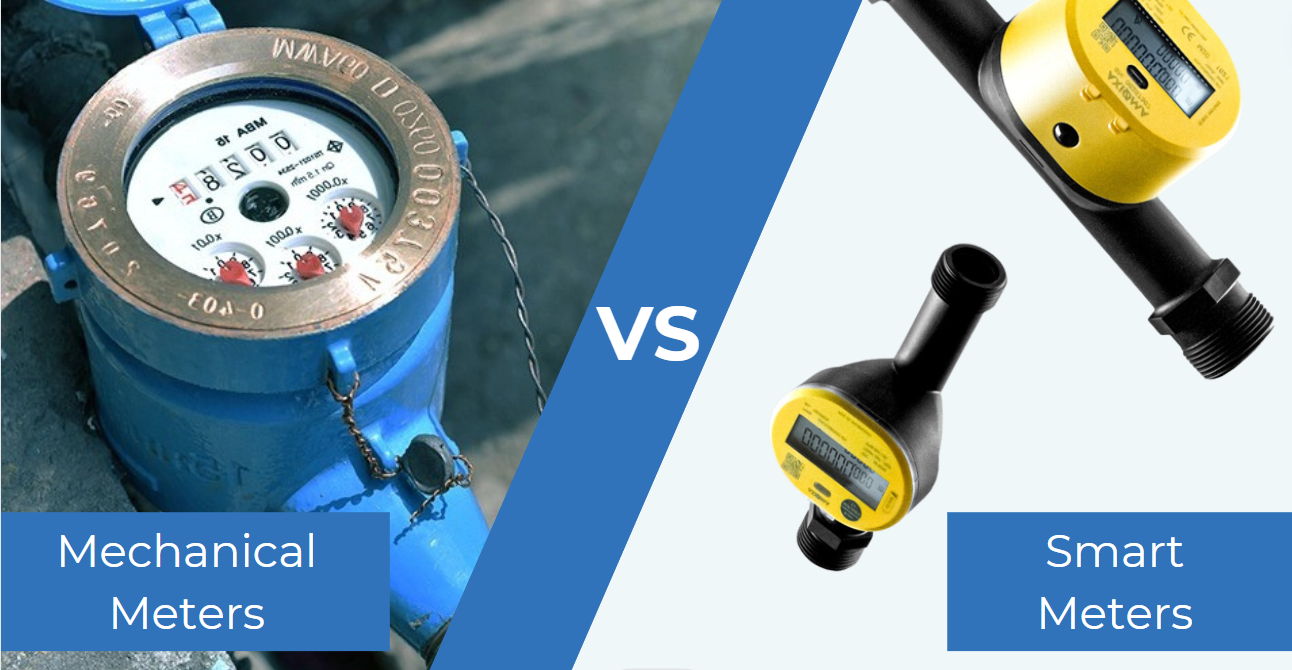Introduction: Bridging the Digital Divide with Cost-Effective Connectivity
In an increasingly connected world, the Internet of Things (IoT) continues to transform how we live and work. From smart agriculture to urban infrastructure, IoT devices are collecting valuable data and automating processes across the globe. However, in emerging markets where resources are limited and infrastructure is still developing, finding affordable connectivity solutions remains a significant challenge. This is where GPRS IoT SIM cards enter the picture, offering a reliable, cost-effective solution that is perfectly suited for the connectivity needs of developing regions.
While 5G and LTE technologies often dominate IoT conversations, the reality is that GPRS (General Packet Radio Service) provides a practical, economical alternative that aligns perfectly with the infrastructure available in many emerging markets. With wider coverage, lower power consumption, and significantly reduced costs, GPRS-enabled IoT SIM cards are opening up new possibilities for businesses and communities in these regions.
In this comprehensive guide, we’ll explore why GPRS remains relevant in the IoT landscape, the specific benefits it offers for emerging markets, key considerations when selecting IoT SIM cards, and real-world applications that are already driving change across various sectors.
Why GPRS Still Matters in Today’s IoT Ecosystem
The Surprising Resilience of GPRS Technology
Despite being considered a legacy technology, GPRS continues to play a crucial role in the global IoT connectivity landscape. As newer generations of cellular technology have emerged, GPRS has maintained its position due to several inherent advantages:
- Extended Coverage: In many emerging markets, 2G and 3G networks still provide the most extensive geographical coverage, especially in rural and remote areas where newer network infrastructure hasn’t yet reached . This widespread availability makes GPRS a reliable choice for IoT deployments that need to operate across large geographical areas.
- Power Efficiency: GPRS modules typically consume less power than their 4G or 5G counterparts, making them ideal for battery-operated IoT devices that need to function for extended periods without maintenance or recharge . This characteristic is particularly valuable in regions with unreliable electricity supply.
- Cost-Effectiveness: Both the hardware (modules) and data plans for GPRS connectivity are significantly more affordable than options requiring newer cellular technologies . This price advantage enables larger-scale deployments within constrained budgets.
GPRS in the Age of 5G: Finding the Right Fit
The conversation shouldn’t frame GPRS versus newer technologies as a direct competition, but rather as different tools for different jobs. While 5G and LTE excel in applications requiring high bandwidth and low latency (such as autonomous vehicles or augmented reality), GPRS is perfectly suited for applications with minimal data transmission requirements. Sensors that send small packets of data periodically—such as temperature readings, location pings, or status updates—don’t require the advanced capabilities of newer, more expensive networks.
Industry data supports this complementary approach. According to recent market analyses, while investment in 5G IoT solutions is growing, a significant portion of IoT deployments in emerging markets continue to rely on 2G and 3G networks due to their cost structure and coverage reliability . Furthermore, many IoT SIM cards available today support multiple network types, allowing devices to connect via 4G Cat-M where available while falling back to GPRS in areas with limited coverage .
The Strategic Advantages of GPRS IoT SIM Cards for Emerging Markets
Cost Considerations: Beyond the Sticker Price
When evaluating connectivity options for emerging markets, the direct costs of hardware and data plans are only part of the equation. The total cost of ownership (TCO) for GPRS-based IoT solutions often proves significantly lower than alternatives for several reasons:
- Hardware Affordability: GPRS modules like the SIM900 are available at a fraction of the cost of 4G or 5G components, with prices often coming in at less than half of their newer counterparts . This substantial price difference becomes particularly important when deploying IoT solutions at scale.
- Competitive Data Pricing: Specialized IoT SIM cards with GPRS capabilities offer remarkably economical data plans. For instance, some providers offer global GPRS data SIM cards with no monthly fees and included data for as low as $7-11.99 per year . This predictable, low-cost pricing model is essential for projects with long-term sustainability goals.
- Reduced Operational Expenses: The power efficiency of GPRS modules translates to lower energy costs and less frequent battery replacements, reducing the long-term operational expenses of maintaining IoT deployments .
Technical Advantages in Challenging Environments
Beyond mere cost considerations, GPRS technology offers several technical benefits that make it particularly suitable for the challenging conditions often found in emerging markets:
- Superior Signal Penetration: The radio frequencies used by 2G and 3G networks generally provide better building penetration and coverage over longer distances compared to higher-frequency bands used by some newer technologies . This characteristic is invaluable in areas with limited infrastructure.
- Network Reliability: In many developing regions, 2G and 3G networks have been operational for much longer than newer alternatives, resulting in more stable and mature network infrastructure with fewer unexpected outages or performance issues.
- Simplified Device Architecture: The relative technical simplicity of GPRS modules translates to higher reliability and easier troubleshooting—significant advantages in areas with limited technical support resources.
Compatibility and Interoperability
The widespread support for GPRS standards across devices and networks ensures excellent interoperability—a crucial factor for IoT deployments in emerging markets:
- Global Roaming Capabilities: Many modern IoT SIM cards support global roaming across multiple network types, allowing devices to maintain connectivity even when moving between coverage areas . This capability is particularly valuable for logistics and transportation applications.
- Backward Compatibility: Devices equipped with GPRS capabilities can typically connect to any available 2G, 3G, or 4G network, ensuring connectivity even as network infrastructure evolves . This future-proofing protects investments against rapid technological changes.
Key Features to Look for in GPRS IoT SIM Cards
Network Compatibility and Coverage
When selecting IoT SIM cards for deployment in emerging markets, several technical considerations should guide your decision-making process:
- Multi-Band Support: Look for SIM cards that support multiple frequency bands (e.g., GSM850/900/DCS1800/PCS1900) to ensure compatibility with local networks across different regions . This multi-band capability is essential for devices that may need to operate across multiple countries or regions.
- Network Technology Fallback: Prioritize SIM cards that offer seamless switching between network generations (2G, 3G, and 4G) . This flexibility ensures that devices can maintain connectivity using the best available network in any given location.
- Coverage Verification: Before finalizing a provider, carefully review their coverage maps for your target deployment areas, paying special attention to rural or remote regions where connectivity may be limited.
Data Plans and Pricing Structures
The economics of IoT deployments often hinge on selecting the right data plan for your specific use case:
- No Monthly Fee Options: Several providers offer IoT SIM cards with no monthly fees, instead providing inclusive data packages valid for extended periods (e.g., 30MB for one year) . These plans are ideal for applications with minimal data requirements.
- Scalable Data Packages: Look for providers that offer flexible data packages that can be adjusted as your needs change, preventing overpayment for unused capacity while allowing for future expansion.
- Transparent Pricing: Be wary of hidden costs such as activation fees, overage charges, or premium services that may not be essential for your application. The most cost-effective providers offer simple, predictable pricing structures.
Management and Security Features
Effective management and robust security are critical components of successful IoT deployments:
- Remote Management Capabilities: Modern IoT SIM solutions often include web-based platforms or APIs that allow for remote SIM management, including data usage monitoring, activation/deactivation, and network settings configuration .
- Security Protocols: Ensure that your provider implements appropriate security measures, including secure authentication, data encryption, and fraud detection systems to protect your IoT ecosystem.
- Reliability and Support: Consider providers with proven track records and responsive customer support teams. Look for suppliers with several years of experience and positive customer feedback .
Emerging Technologies: eSIM and the Future of IoT Connectivity
The Rise of eSIM Technology in IoT
While traditional SIM cards continue to dominate the IoT landscape, eSIM (embedded SIM) technology is rapidly gaining traction for its potential to address some of the limitations of physical SIM cards:
- Remote Profile Management: eSIM technology enables remote provisioning and management of network profiles, eliminating the need for physical SIM swaps when changing carriers or updating settings . This capability is particularly valuable for devices deployed in hard-to-reach locations.
- Enhanced Security: By being permanently embedded in devices, eSIMs reduce the risk of physical tampering or removal . The technology also incorporates advanced security protocols that protect against unauthorized access.
- Logistical Simplification: eSIMs eliminate the need for physical distribution, storage, and installation of SIM cards, significantly streamlining the logistics of large-scale IoT deployments .
SGP.32 Standard: Unlocking New Possibilities
The emerging SGP.32 eSIM standard, specifically designed for IoT applications, promises to further enhance the capabilities of connected devices:
- Optimized for IoT Devices: Unlike earlier eSIM implementations focused on consumer devices, SGP.32 is specifically engineered for IoT devices that may lack screens or cameras, such as sensors, trackers, and industrial equipment .
- Improved Remote Management: The standard enables more sophisticated remote management capabilities, allowing for seamless switching between network operators and more efficient profile management .
- Future-Proofing Investments: While GPRS remains relevant today, adopting solutions that support emerging standards like SGP.32 ensures that your IoT deployments can evolve alongside connectivity technologies .
The Complementary Relationship Between GPRS and eSIM
It’s important to note that GPRS connectivity and eSIM technology are not mutually exclusive; in fact, they can work together effectively. eSIMs can be configured to connect via GPRS networks where available, combining the logistical benefits of remote SIM management with the cost and coverage advantages of GPRS connectivity.
Real-World Applications: GPRS IoT in Action
Agriculture: Enhancing Productivity and Sustainability
In emerging economies where agriculture often represents a significant portion of economic activity, GPRS-enabled IoT devices are driving meaningful improvements in productivity and sustainability:
- Smart Irrigation Systems: Soil moisture sensors equipped with GPRS connectivity can monitor field conditions and trigger irrigation systems only when needed, optimizing water usage—a critical consideration in regions prone to drought.
- Livestock Monitoring: GPS trackers with GPRS capabilities allow farmers to monitor the location and movement of herds across vast grazing areas, reducing losses and improving herd management practices.
- Supply Chain Tracking: GPRS sensors can monitor temperature and humidity during the transportation of perishable goods, helping to reduce spoilage and ensure product quality throughout the supply chain.
Urban Infrastructure: Building Smarter Cities
Cities in emerging markets are leveraging GPRS IoT technology to address infrastructure challenges and improve service delivery:
- Smart Metering: Utility companies are deploying GPRS-connected smart meters for electricity, water, and gas, enabling more accurate billing, reducing operational costs, and providing consumers with better visibility into their consumption patterns.
- Intelligent Street Lighting: Municipalities can implement adaptive street lighting systems that use GPRS connectivity to adjust brightness based on ambient conditions or detected movement, significantly reducing energy consumption while maintaining public safety.
- Waste Management: Smart bins with fill-level sensors connected via GPRS can optimize collection routes, reducing fuel consumption and improving the efficiency of municipal waste services.
Healthcare: Expanding Access to Medical Services
In regions with limited healthcare infrastructure, GPRS IoT solutions are helping to bridge critical gaps in service delivery:
- Remote Patient Monitoring: Medical devices with GPRS connectivity can transmit vital signs from patients in remote areas to central healthcare facilities, enabling timely interventions and reducing the need for travel.
- Vaccine Cold Chain Monitoring: GPRS temperature sensors in refrigeration units can help ensure that vaccines and medications are stored within required temperature ranges, maintaining their efficacy from manufacturer to end-user.
- Medical Equipment Tracking: Hospitals and clinics can use GPRS trackers to monitor the location and status of valuable medical equipment, reducing losses and improving asset utilization.
Implementation Best Practices for GPRS IoT Deployments
Strategic Planning for Successful Deployment
Careful planning is essential for maximizing the effectiveness of GPRS IoT implementations in emerging markets:
- Comprehensive Network Assessment: Before deployment, conduct thorough field tests to verify GPRS network coverage and signal strength in all target locations. Don’t rely solely on carrier coverage maps, which may not reflect real-world conditions.
- Power Management Strategy: Develop a clear power strategy based on the specific constraints of your deployment environment. For locations with unreliable electricity, consider hybrid solutions combining battery power with solar charging to ensure uninterrupted operation.
- Data Usage Optimization: Implement data compression techniques and optimize transmission frequency to minimize data consumption, extending the life of prepaid data plans and reducing operational costs.
Overcoming Common Challenges
Deploying IoT solutions in emerging markets presents unique challenges that require proactive mitigation strategies:
- Infrastructure Limitations: In areas with limited or unreliable network coverage, consider deploying GPRS signal boosters or implementing store-and-forward capabilities that allow devices to buffer data during connectivity gaps.
- Technical Expertise Gaps: Develop simplified deployment and maintenance procedures, and invest in training for local technicians to ensure that solutions can be effectively supported without relying on external experts.
- Environmental Factors: Select hardware specifically designed to withstand the environmental conditions of your deployment area, considering factors such as temperature extremes, humidity, dust, and potential exposure to water.
The Future of GPRS IoT Connectivity in Emerging Markets
Evolving Network Landscape
While GPRS continues to offer compelling advantages for IoT in emerging markets today, it’s important to understand how the connectivity landscape is likely to evolve:
- Network Sunset Considerations: Some mobile operators in developed markets have begun phasing out 2G and 3G networks to reallocate spectrum for newer technologies. However, in most emerging markets, these networks are expected to remain operational for the foreseeable future, with sunset timelines extending well into the 2030s in many regions.
- Complementary Technologies: Rather than being entirely replaced, GPRS is increasingly functioning as part of hybrid connectivity solutions that also incorporate LPWAN (Low-Power Wide-Area Network) technologies like LoRaWAN and NB-IoT, creating flexible networks tailored to specific application requirements.
- Gradual Transition Paths: Providers are increasingly offering multi-network IoT SIM cards that currently leverage GPRS networks while maintaining compatibility with emerging technologies, ensuring a smooth transition path as network infrastructure evolves .
Sustainable Development Alignment
The characteristics of GPRS IoT solutions align particularly well with sustainable development goals in emerging markets:
- Appropriate Technology: GPRS represents an “appropriate technology” for many IoT applications in emerging markets—not the newest or most advanced option, but one that is well-matched to local conditions, capabilities, and constraints.
- Economic Accessibility: The affordability of GPRS-based solutions makes IoT technology accessible to a wider range of organizations, including small and medium enterprises, local governments, and community organizations that might otherwise be excluded from the benefits of connected technologies.
- Local Capacity Building: The relative simplicity of GPRS technology facilitates local capacity building, enabling regional businesses to develop, deploy, and maintain IoT solutions without depending on external expertise.
Conclusion: Embracing Practical Connectivity Solutions
As we’ve explored throughout this article, GPRS IoT SIM cards continue to offer a compelling connectivity solution for emerging markets, balancing cost, coverage, and power efficiency in ways that newer technologies often cannot match. While the tech industry’s attention may be focused on the latest 5G advancements, the reality is that GPRS provides a practical, accessible, and economically viable foundation for IoT deployments in regions where resources are constrained and infrastructure is still developing.
The key to successful IoT implementation in emerging markets lies in matching technology selection to specific use cases, local conditions, and economic realities. For applications involving intermittent transmission of small data packets, widespread geographical coverage, extended battery life, and minimal total cost of ownership, GPRS-based connectivity frequently emerges as the optimal choice.
As the IoT landscape continues to evolve, the integration of GPRS with emerging technologies like eSIM will further enhance the flexibility and manageability of connected solutions, ensuring that organizations can deploy with confidence today while maintaining a path toward future technological advancements.
For businesses, governments, and development organizations seeking to harness the power of IoT in emerging markets, GPRS connectivity represents not a compromise, but a strategic choice—one that aligns technological capabilities with practical realities to deliver sustainable, impactful connected solutions.
At ZhongYi IoT, we understand that affordable, reliable, and scalable connectivity is the backbone of every successful IoT deployment. Our IoT SIM card solutions are designed to support GPRS/2G, 3G, 4G, and NB-IoT, ensuring seamless communication even in emerging markets where consistent coverage is critical.
Whether you are deploying smart metering, asset tracking, fleet management, or remote monitoring solutions, ZhongYi IoT provides global connectivity, flexible data plans, and long-term partnership options to fit your business needs.
If you are looking for a trusted partner to power your IoT devices with cost-effective SIM card solutions, ZhongYi IoT is here to help.
👉 Get in touch with us today to discuss how we can support your smart gas metering or other IoT projects with reliable connectivity.



